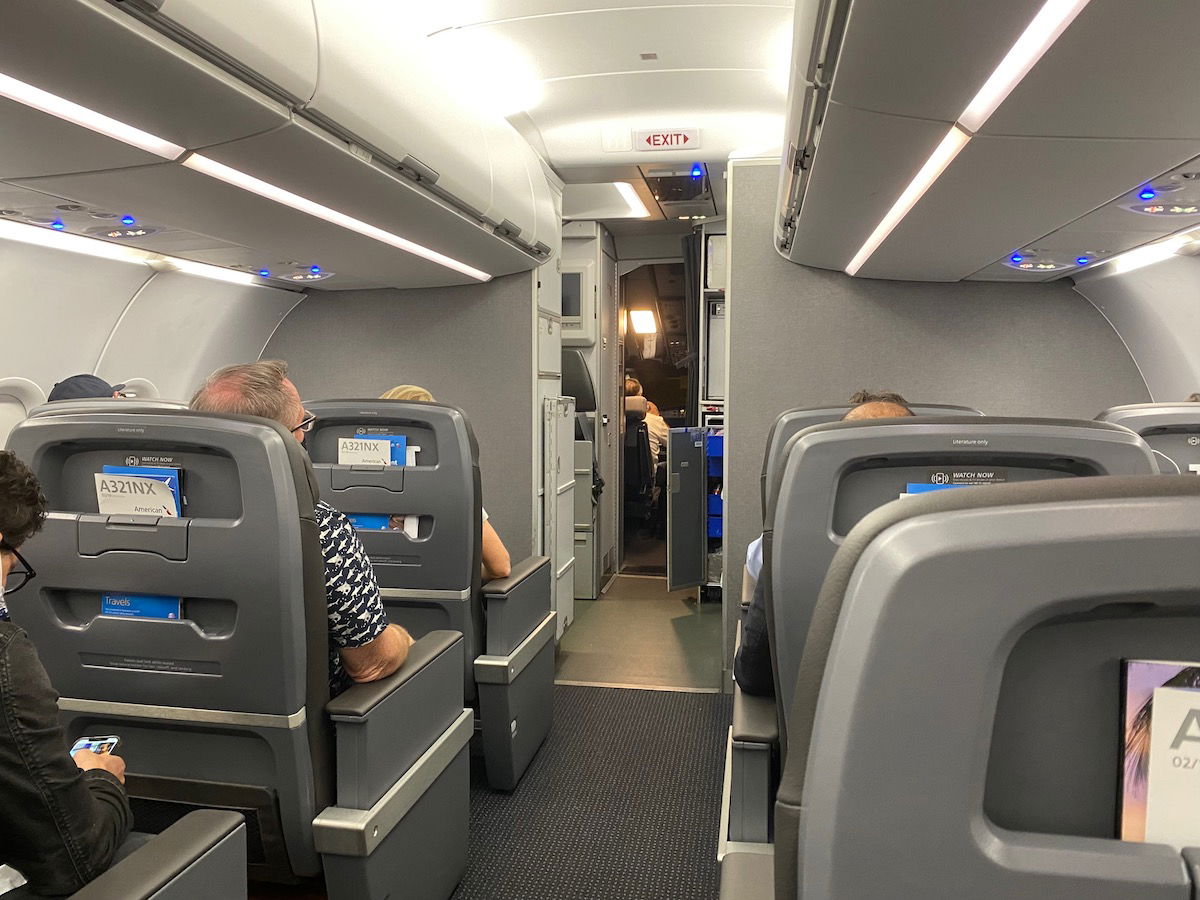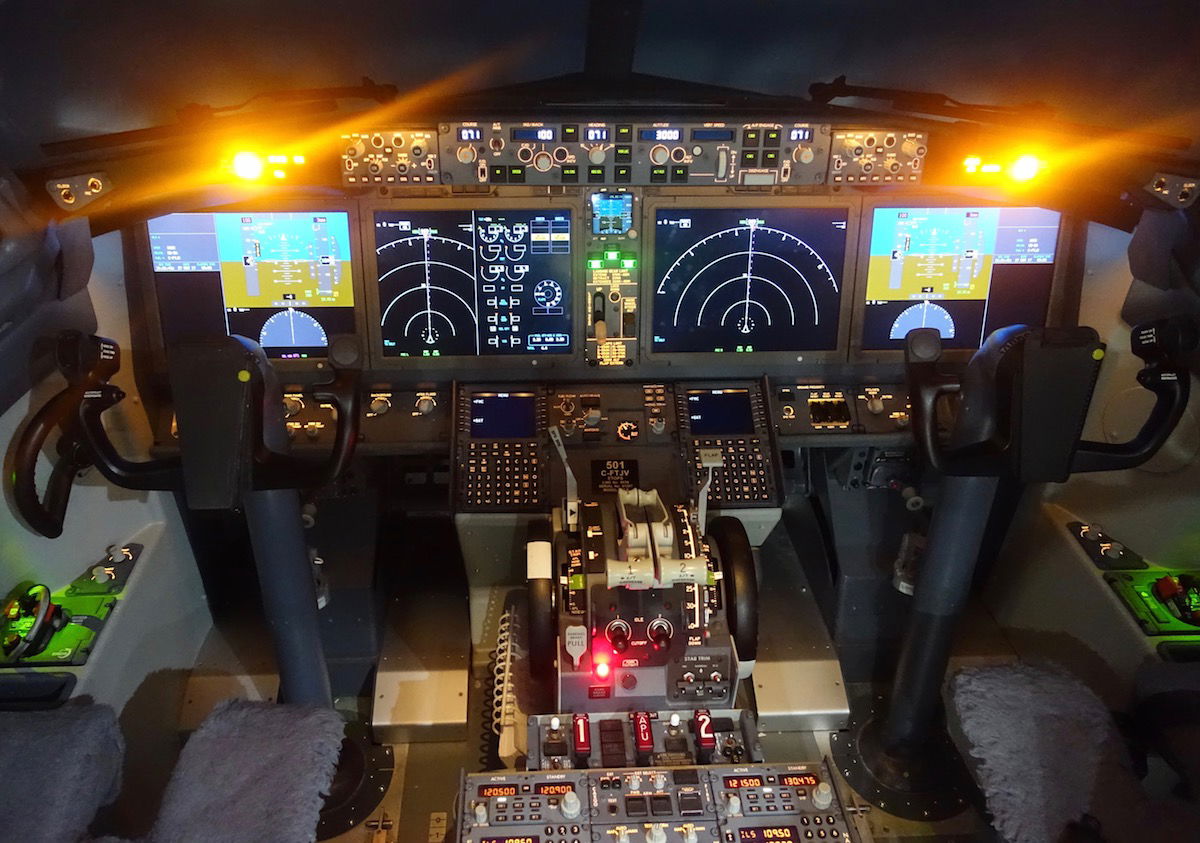HOSTED BY: 1 AIR TRAVEL
Last year, we saw a proposal from regulators in the United States, whereby commercial aircraft would require a second barrier to get into the flight deck. A final ruling has now been made, so this rule will soon be implemented. Is this a sensible development that will make flying safer, or unnecessary and a waste of money?
FAA will require second flight deck door
The Federal Aviation Administration (FAA) has issued a final ruling, requiring a secondary barrier on the flight deck of new Part 121 commercial airplanes in the United States, to ensure the safety of the aircraft, crew, and passengers. As the FAA describes this, the intent is to slow any attack on the flight deck long enough so that the flight deck can be closed and locked before an attacker could reach it.
With this, aircraft manufacturers will have to install a second barrier. However, this only applies for planes built two or more years after the effective date of this rule.
This was actually proposed several years back — the FAA was supposed to have adopted this rule by 2019 under a 2018 federal law, but the agency hasn’t acted until now. Of course the terrorist attacks of 9/11 changed aviation forever. Since 9/11, we’ve seen the introduction of reinforced cockpit doors, which realistically can’t be broken into.
This new law is intended to address situations where one of the pilots has to leave the cockpit (whether to go to the bathroom, go on break, etc.). Currently in these situations, a flight attendant will simply block the aisle with a cart while the door is open.
The FAA is estimating that this secondary barrier will cost $35,000 per aircraft, including the purchase of the barrier plus the installation. After the addition of training and other costs, the present value costs for this rule are $236.5 million at a 7% discount rate and $505 million at a 3% discount rate.
Here’s how US Transportation Sectary Pete Buttigieg describes the new rule:
“Every day, pilots and flight crews transport millions of Americans safely — and today we are taking another important step to make sure they have the physical protections they deserve.”
So, how would this second cockpit barrier work? Let’s use the below picture of the front of an American A321neo cabin as an example. It’s my understanding that right in front of the bulkhead there would be a second door that could essentially just “fold” out as needed — it will be open for most of the flight, and will only close when the cockpit needs to be accessed.

The front of the Airbus A321neo cabin
Is a second cockpit barrier really necessary?
It goes without saying that everything should be done to make aviation as safe as possible. That being said, this seems like a solution that doesn’t actually solve a whole lot. How many people have successfully broken into a cockpit of a commercial airplane in the 20+ years since 9/11? I think zero globally, but someone correct me if I’m wrong.
That comes down to multiple factors:
It comes down to reinforced cockpit doors, which mean that you can’t break into cockpitsIt comes down to the mentality around hijackings having changed; previously if someone threatened an airline employee with a weapon, they’d typically let them into the cockpit, while that wouldn’t happen in a post-9/11 worldPassengers wouldn’t allow a hijacking to happen; in the past they would have probably cooperated with hijackers, thinking that would be the solution that leads to the least damage, while I think that mindset has changed post-9/11Let’s talk about another aspect of the reinforced cockpit door. How many planes have crashed in the past decade due to one pilot being locked out of the cockpit and not being able to get back in?
In November 2013, LAM Mozambique flight 470 crashed while the captain was in the cockpit and the first officer was locked out of the cockpitIn March 2014, Malaysia Airlines flight 370 went missing, and the leading theory is that the captain hijacked the plane while the first officer was locked out of the cockpitIn March 2015, Germanwings flight 9525 crashed while the first officer was in the cockpit and the captain was locked out of the cockpitIn March 2022, China Eastern flight 5735 crashed, and US officials believe that this was intentional based on data from the flightWhile I’m not suggesting we should get rid of reinforced cockpit doors, one has to wonder how many lives have really been saved by them.
To me, pilot mental health and one person in a cockpit presents a much bigger risk to aviation than adding a second cockpit door. Admittedly this is more of a global problem than a US problem — at least US airlines are required to always have two people in the cockpit, which is why a flight attendant always has to enter the cockpit when a pilot leaves. This doesn’t apply to foreign airlines flying to the US, though.

I’m much more concerned about the actions of pilots
Bottom line
The FAA has issued a rule that requires newly built commercial airplanes to have a second cockpit barrier, which will likely come in the form of a second door that extends out when the cockpit door needs to open.
On the one hand, I guess this can’t hurt, other than the cost. On the other hand, this seems to address what I’d consider to be an absolutely tiny risk.
What do you think — is a second cockpit barrier on commercial airplanes really necessary?
Title: Airplanes Will Get Second Flight Deck Barrier
Sourced From: onemileatatime.com/news/airplanes-second-flight-deck-barrier/
Published Date: Wed, 14 Jun 2023 14:37:44 +0000
No comments:
Post a Comment